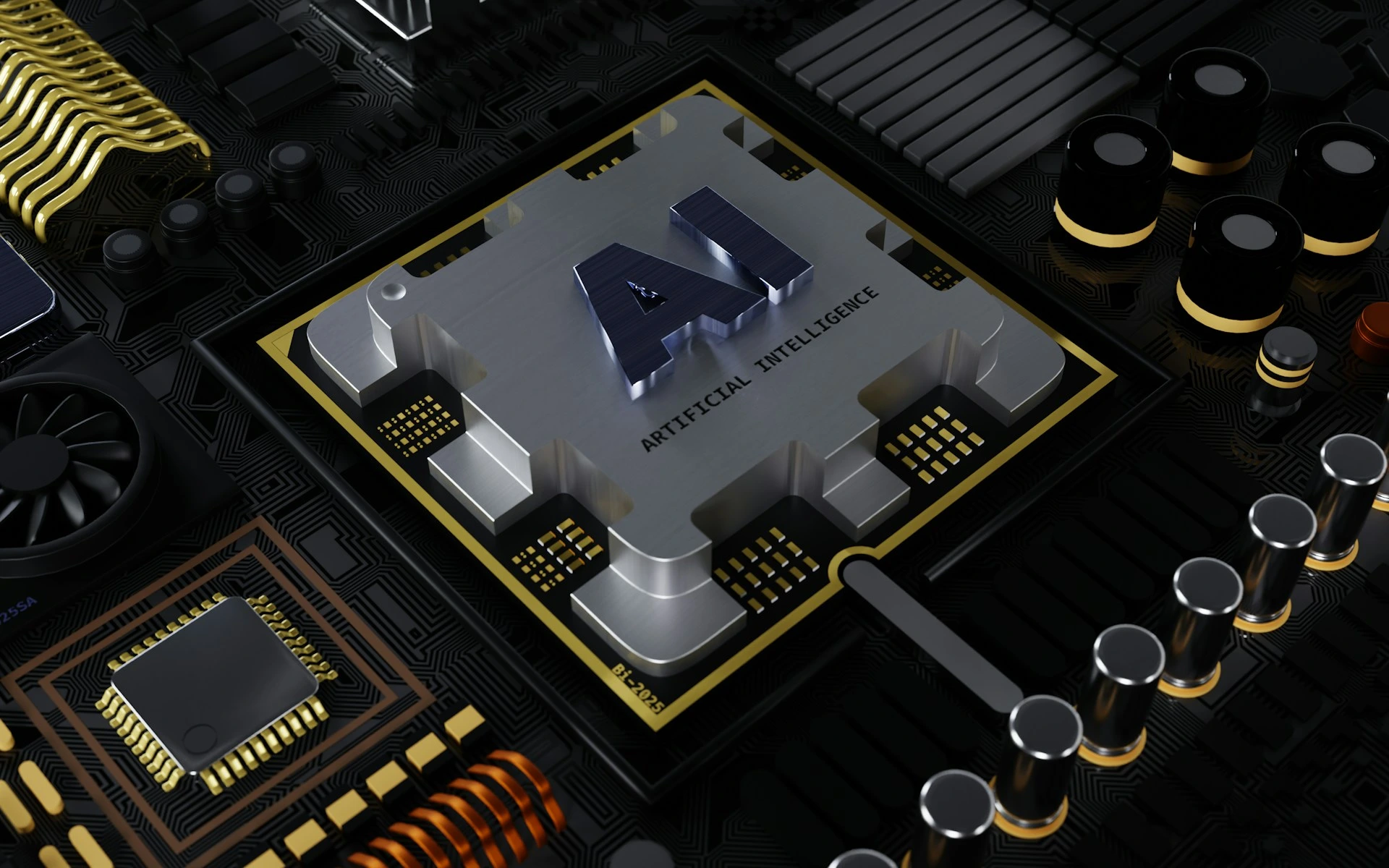
Photo by BoliviaInteligente on Unsplash
OpenAI To Use AMD Chips And Develop Its Own Hardware By 2026
In a Rush? Here are the Quick Facts!
- OpenAI raised funds to build its own in-house AI chips, the first model expected by 2026
- Broadcom and TSMC are working with OpenAI to develop the new technology
- The startup projects a $5 billion loss and $3.7 billion in revenue for 2024
OpenAI is reportedly adding AMD chips and Nvidia chips to meet infrastructure demands and is working with Broadcom and Taiwan Semiconductor Manufacturing Company (TSMC) to build their own chips to support AI systems.
According to an exclusive by Reuters, anonymous sources have shared more details about these developments with the news agency. ChatGPT’s owner has been considering multiple strategies to reduce costs and diversify chip supplies.
OpenAI has been raising funds—the company recently raised $6.6 billion and is now valued at $157 billion—to build in-house products.
The startup previously considered building “foundries”—a network of factories—to manufacture AI chips, but due to time and costs, decided to postpone that plan and focus on chip design and development.
Both Broadcom—the American semiconductor and infrastructure software developers—and TSMC’s shares jumped after the report revealing the companies’ new project with OpenAI.
OpenAI needs AI chips for training AI models and for inference and is already one of NVIDIA’s largest purchasers. The AMD—Nvidia’s competitor— chips will be used through Microsoft’s Azure.
As explained by Reuter’s sources, along with Broadcom and TSMC, Open AI expects to develop specialized AI chips for inference, as analysts predicted that as more AI apps are deployed, in the future, the demand for inference chips could surpass the current high demand for training chips.
The startup has assembled a team of 20 employees, including former Google employees, to develop its in-house chip project, and the first custom-designed chip is expected for 2026.
The company’s efforts to reduce costs are related to its current high expenses—electricity, hardware, and cloud services— and costs. For this year, OpenAI projects a $5 billion loss and $3.7 billion in revenue.


 Previous Story
Previous Story

 Latest articles
Latest articles 

Leave a Comment
Cancel